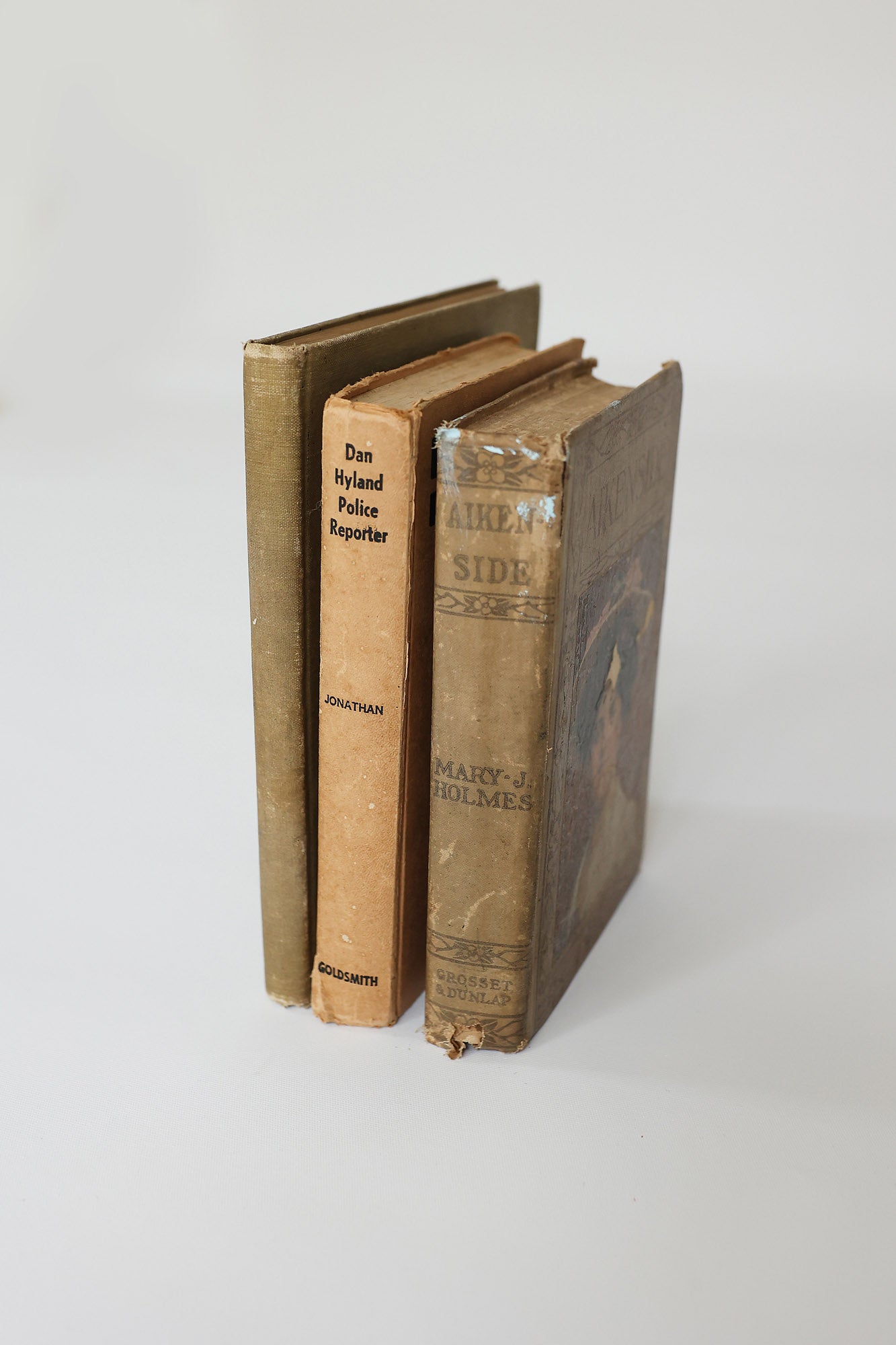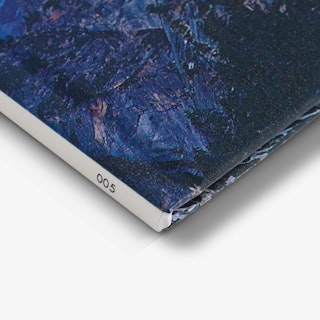Hardcover Books for Fans of Timeless Stories
Hardcover Books for Fans of Timeless Stories
Blog Article
A Comprehensive Overview to the Process of Hardcover Books Printing
When you commence the trip of hardcover publication printing, understanding the entire process is necessary. From preparing your manuscript to choosing the right materials, each action plays a vital function in the end product. You'll require to ponder layout aspects and printing methods that fit your vision. As you browse through binding and quality assurance, you'll discover that every decision impacts the book's general allure. So, what comes next in this elaborate procedure?
Comprehending the Hardcover Publication Structure
When you check out the globe of hardbound publications, you'll quickly notice that their structure is unique and intentional. The external case, commonly constructed from durable cardboard, offers toughness and protection. You'll discover a fabric or natural leather treatment, which not only enhances aesthetic appeals however likewise contributes to guide's long life. Inside, the endpapers connect the cover to the text block, making certain a seamless interchange.
The message block itself includes several trademarks, or folded up sheets, sewn with each other for stamina. You'll see that the spinal column is strengthened, enabling a smooth lay-flat reading experience - hardcover books. Furthermore, guide's weight often conveys a sense of top quality and durability
Hardcover publications typically feature a dust jacket, which functions as an advertising tool while safeguarding the cover. Recognizing these components helps you value the workmanship behind hardcover books and their unique appeal in the literary globe.
Manuscript Prep Work and Editing
Getting your manuscript ready for printing is crucial, and it begins with appropriate format guidelines. You'll require to comprehend the modifying process to improve your job and ensure it resonates with readers. Plus, grasping proofreading strategies can help you capture those troublesome errors before your book goes to publish.

Manuscript Formatting Standards
Correct manuscript format is necessary for developing a professional-looking hardbound publication. Make certain to proofread your manuscript for consistency in design, ensuring that everything from punctuation to spacing sticks to your picked standards. Adhering to these steps will establish a solid foundation for your book.
Modifying Process Basics
Editing your manuscript is a crucial step that can change it from a rough draft into a refined final product. Begin by going through your work seriously, concentrating on flow, quality, and framework. Seek inconsistencies in your narrative, character advancement, or argumentation. It's useful to take breaks between rounds of editing and enhancing to get fresh point of views. Don't think twice to reduce unnecessary material or rephrase awkward sentences; this will boost readability. Think about seeking comments from trusted peers or expert editors that can supply valuable insights. Remember, editing isn't almost taking care of mistakes; it has to do with improving your voice and guaranteeing your message reverberates with readers. Embrace the procedure, and you'll see your manuscript luster.
Checking Techniques Introduction
Once you've polished your manuscript via modifying, the following step is to assure it's totally free of mistakes that could sidetrack viewers. Review your manuscript out loud-- this assists you hear unpleasant phrasing and area typos. Think about publishing your manuscript; analysis on paper can expose errors that displays miss out on.
Creating the Publication Cover and Interior
When you're making your book cover and inside, you'll want to concentrate on essential layout aspects that record your target market's attention. Selecting the appropriate typography styles and carefully picking shades and imagery can make all the difference in sharing your publication's motif. Allow's discover exactly how these choices can boost your work and draw in readers.
Essential Design Aspects
Creating an appealing publication cover and a well-designed inside is necessary for drawing in viewers and boosting their experience. Beginning with the cover; it's your initial impression. Select colors and images that reflect your book's motif and mood. See to it your title attracts attention and is legible, even in thumbnail size.
For the inside, concentrate on layout and white room. A clean, well organized design assists viewers browse easily. Consider using phase headings and subheadings to direct them through the material. Visual elements, like graphics or pictures, can also boost involvement however must enhance the message, not bewilder it. Remember, a natural design throughout your book promotes an expert appearance that can significantly affect a reader's choice to pick it up.
Picking Typography Styles
Typography plays an essential role in both the book cover and interior design, shaping just how readers view your content. When picking typography designs, consider your publication's category and target market. A traditional serif font might work well for literary fiction, while a modern sans-serif could match a contemporary novel. Guarantee readability; your message ought to be simple on the eyes, particularly for longer flows. Focus on font dimension and line spacing, as these aspects affect general circulation. Mixing typefaces can include rate of interest, yet limit it to two or 3 to keep coherence. Ultimately, consider hierarchy-- use different designs for headings and body text to lead readers easily through your job. Your typography selections will considerably influence the visitor's experience.
Shade and Imagery Selection
Choosing the ideal colors and images is necessary for capturing visitors' attention and conveying your book's styles. Start by considering your genre; vivid colors could help a youngsters's book, while soft tones suit a secret novel. hardcover books. Use imagery that resonates with your web content-- pictures, illustrations, or abstract layouts can boost your message
When developing the cover, make specific the imagery doesn't bewilder the title and author's name; clarity is vital. This natural strategy not just raises your publication's visual however also enhances the viewers's experience, making it a lot more unforgettable.
Picking the Right Paper and Materials
When choosing paper and materials for your hardcover book, it's necessary to contemplate how they'll impact the overall appearance and feel of your task. Beginning by selecting the best paper weight; larger supply typically communicates quality and durability, while lighter paper can develop an extra delicate touch. Take into consideration the finish as well; glossy paper boosts pictures and shades, while matte can provide an innovative, understated look.
Fabric, leather, or printed paper can establish the tone for your book. Additionally, believe concerning the binding products; making use of top quality adhesive assurances your book lasts.
Eventually, the selections you make right here show your vision, so make the effort to example different materials (hardcover books). Your choices will certainly help develop a book that's not just visually attractive yet functional and also long lasting
The Printing Process: Strategies and Technologies
A variety of printing methods and modern technologies can bring your hardcover publication to life, each offering special benefits. Digital printing is a popular choice for brief runs, permitting quick turnaround and cost-efficient services. When you need to publish smaller quantities without compromising top quality, it's best. On the other link hand, balanced out printing excels in producing huge volumes, delivering constant and high-grade outcomes. This approach is suitable for comprehensive magazines where color accuracy and fine details matter.
Recognizing these methods assists you make notified decisions, guaranteeing your hardcover book not only looks fantastic but likewise meets your manufacturing needs properly. Choose the best approach to boost your book's appeal and influence.
Binding Techniques for Hardbound Books
A number of binding techniques can transform your hardcover publication into a sturdy and appealing product. One more technique is the perfect binding, which makes use of glue to hold the pages with each other, allowing for a streamlined spine but less toughness contrasted to situation binding.
You might also consider spiral binding, which enables your book to lay flat, making it optimal for handbooks or workbooks. It doesn't supply the exact same protective cover as situation binding. Ultimately, there's the saddle stitch approach, ideal for smaller books, where sheets are folded up and stapled together. Each binding approach has its benefits and fits different demands, so believe about your book's objective and audience when picking the very best alternative for your project.
Quality Assurance and Last Touches
After selecting the right binding approach for your hardcover publication, quality assurance comes to be vital to validate your last item meets your assumptions. Begin by checking the published web pages for any type of mistakes or incongruities in color and format. You don't wish to miss any typos or misprints that could you could try these out influence your readers' experience.
Following, inspect the binding integrity. Confirm the web pages are safely connected which the back is durable. A well-bound publication not just looks expert however also feels long lasting in your hands.
Additionally, take notice of the cover. Look for any kind of scuff marks or imbalances in the art work. Make certain they're used continually throughout all duplicates. if you've opted for special coatings like embossing or aluminum foil stamping.
Lastly, conduct a detailed evaluation of the whole batch prior to relocating to circulation. By doing this, you can validate that every book shows your high requirements.
Often Asked Concerns
The length of time Does the Hardbound Book Printing Process Typically Take?

What Is the Minimum Order Amount for Hardbound Books?
The minimum order quantity for hardcover publications generally begin around 100 copies, yet it can vary based on the printer. You must talk to your selected printing solution for their specific requirements and prices.

Can I Publish Hardcover Books in Custom-made Sizes?
Yes, you can print hardbound books in personalized sizes. Several printing services use flexibility with measurements, enabling you to pick a style that matches your job. Just verify the requirements before putting your order.
Exist Eco-Friendly Options for Hardbound Publication Printing?
Yes, you can find environment-friendly options for hardbound book printing. Numerous business utilize recycled products and sustainable inks. Just ask your printer regarding their environment-friendly methods to assure your job lines up with your ecological values.
What Are the Costs Related To Hardcover Book Printing?
When considering hardcover book printing prices, you'll need to consider materials, design, and printing methods. Extra my site expenditures like delivery and binding can additionally affect your general spending plan, so strategy as necessary for your project.
When you start the journey of hardcover book printing, understanding the entire procedure is vital.A variety of printing techniques and technologies can bring your hardbound publication to life, each offering one-of-a-kind advantages. Just how Lengthy Does the Hardbound Book Printing Process Normally Take?
The hardbound book printing procedure generally takes about 2 to 6 weeks.Yes, you can locate environment-friendly choices for hardbound publication printing.
Report this page